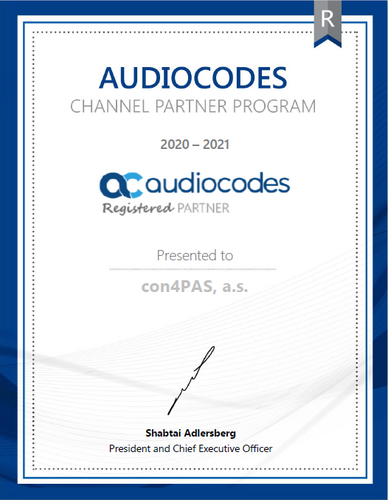
What does a truly effective procurement organization look like? One that is agile, data-driven, and ready for market shifts? SAP Ariba’s latest benchmarking report offers answers — based on real-world results from hundreds of organizations worldwide. The data highlights how digitization, when done well, delivers measurable benefits across the entire procurement lifecycle.
Lower Costs Through Smarter Sourcing
Top-performing organizations achieve annual sourcing savings of over 9% — nearly double the average. What sets them apart is not just negotiation skills but a strategic use of tools: e-auctions, supplier training, and diversified sourcing across global and local markets.
It’s not just about buying cheaper. Smart sourcing shortens cycle times, increases transparency, and strengthens supplier relationships — helping procurement deliver tangible business value.
Faster Procurement With Streamlined Processes
Best-in-class companies complete sourcing events in just 17 days on average — compared to 68 days in lower-performing organizations. This acceleration is driven by category know-how, thorough preparation, and strong process design enabled by digital tools.
Automation reduces the manual load and speeds up decision-making, freeing up procurement teams to focus on strategy rather than administration.
Accelerating Supplier Onboarding
Slow onboarding can delay procurement and introduce risk. Top organizations onboard suppliers up to three times faster by using lifecycle management (SLC), automated risk checks, and flexible onboarding templates.
It’s not only about speed — it's also about quality. Digitized onboarding ensures suppliers start strong, with clear roles, verified data, and streamlined collaboration.
Maximizing Compliance Through Contract & Catalog Usage
High-performing companies link the majority of transactions to structured agreements such as contracts or catalogs. This drives better invoice quality, fewer exceptions, and stronger cost control.
Smart systems make it easy to enforce compliance — enabling procurement to monitor usage, track spend against contracts, and reduce maverick buying.
Automating Transactions: Faster, Cheaper, Better
In top organizations, the time from requisition to purchase order is under one day. This is enabled by self-service catalogs, guided buying, and automated approval workflows.
And the efficiency pays off: while lower-tier organizations pay up to $35 to process one PO, leaders do it for just $9. Invoice processing costs are also significantly lower — under $5 on average — demonstrating how automation translates into real financial savings.
Shifting to Electronic Invoicing
Top companies process up to 85% of invoices without manual intervention by leveraging SAP Business Network for e-invoicing. This shift not only saves time, but also boosts data accuracy, reduces errors, and enables early payment discounts.
With seamless integration into supplier networks, digital invoicing becomes not just efficient — but strategic.
Benchmarking as a Catalyst for Change
You can’t improve what you don’t measure. Benchmarking allows organizations to understand where they stand, identify improvement areas, and guide investment decisions with confidence.
The SAP Ariba Benchmark Report is more than just KPIs — it's a roadmap. It challenges procurement leaders to reflect: Where are we today? Where do we want to be? And how can we get there?
In Conclusion
Digital procurement is not a goal — it’s a means. A tool to master complexity, respond to change, and drive value. And as this data shows, the gap between average and outstanding is not in the tools themselves, but in how they are used.
If you’re wondering how to take your procurement organization to the next level — this report offers a very good place to start.
Source: Procurement Benchmark Survey Insights
Interested in the article and want to know more? |


